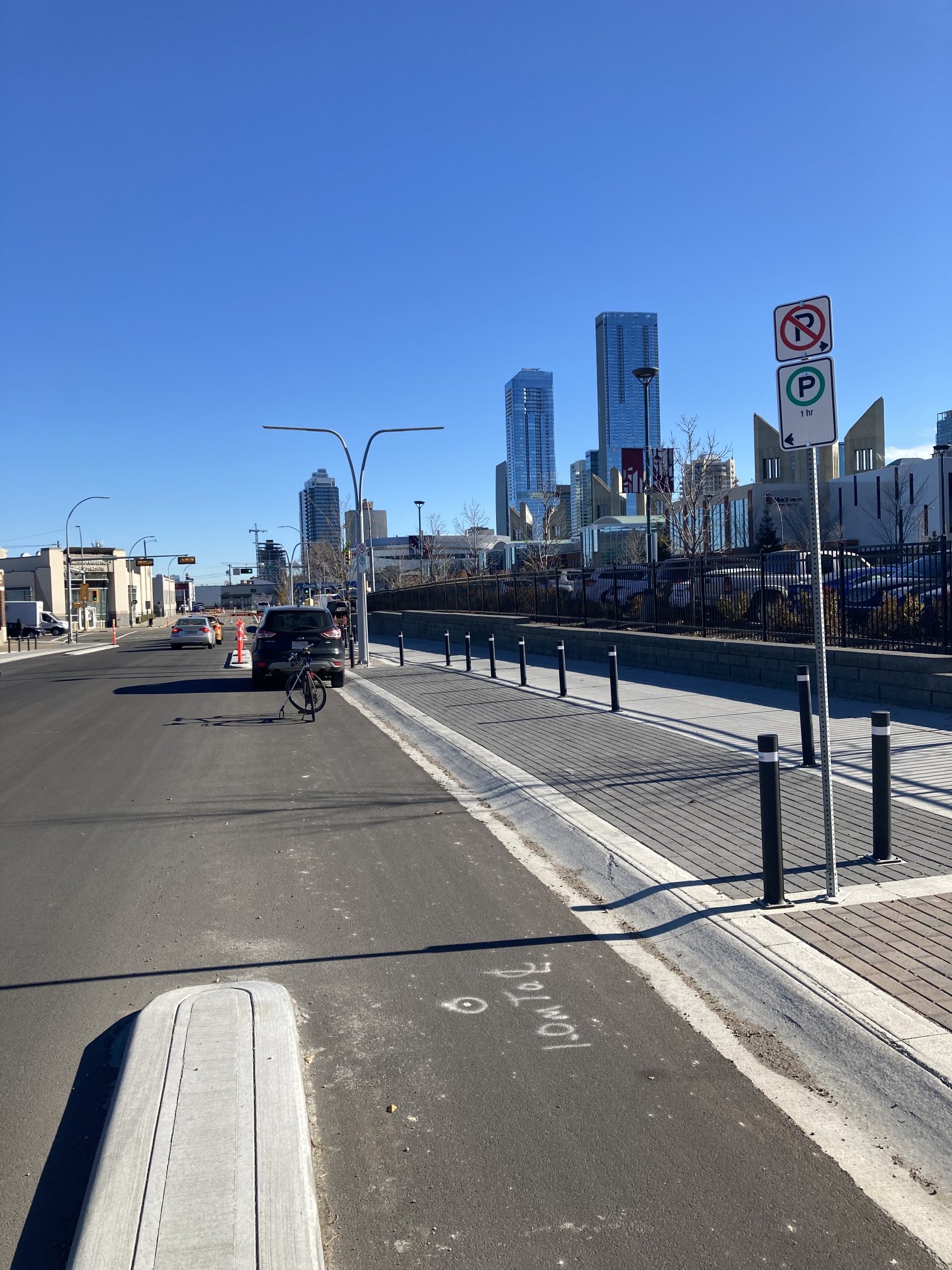Parallel bike roads work good for commuters, when there isn't a lot of space on the main road, and essentially no reason to want to visit the main road, if it's just an arterial with no businesses or frontages.
But the fault here is the expectation that only A to B commuters are using bike lanes, and it makes it harder to do the shopping you may want to do enroute or to run errands on a bicycle, or other mobility vehicle too. This is especially true on roads with narrow sidewalks and society's disdain every bicycle who dares to ride on the sidewalk.
Frankly though there's a limited amount of space on many of the main corridors, especially narrower ROW's in the core. IMO what we should be thinking about is how do we ensure that our narrow commercial streets aren't entirely monopolized by car traffic, so that we do have room for bikes and pedestrians. To be clear I'm not saying they have to be pedestrian-only, just maybe it makes sense to set up a dedicated vehicle commuter corridor on a parallel route so that we can make room for other users on that commercial corridor.






